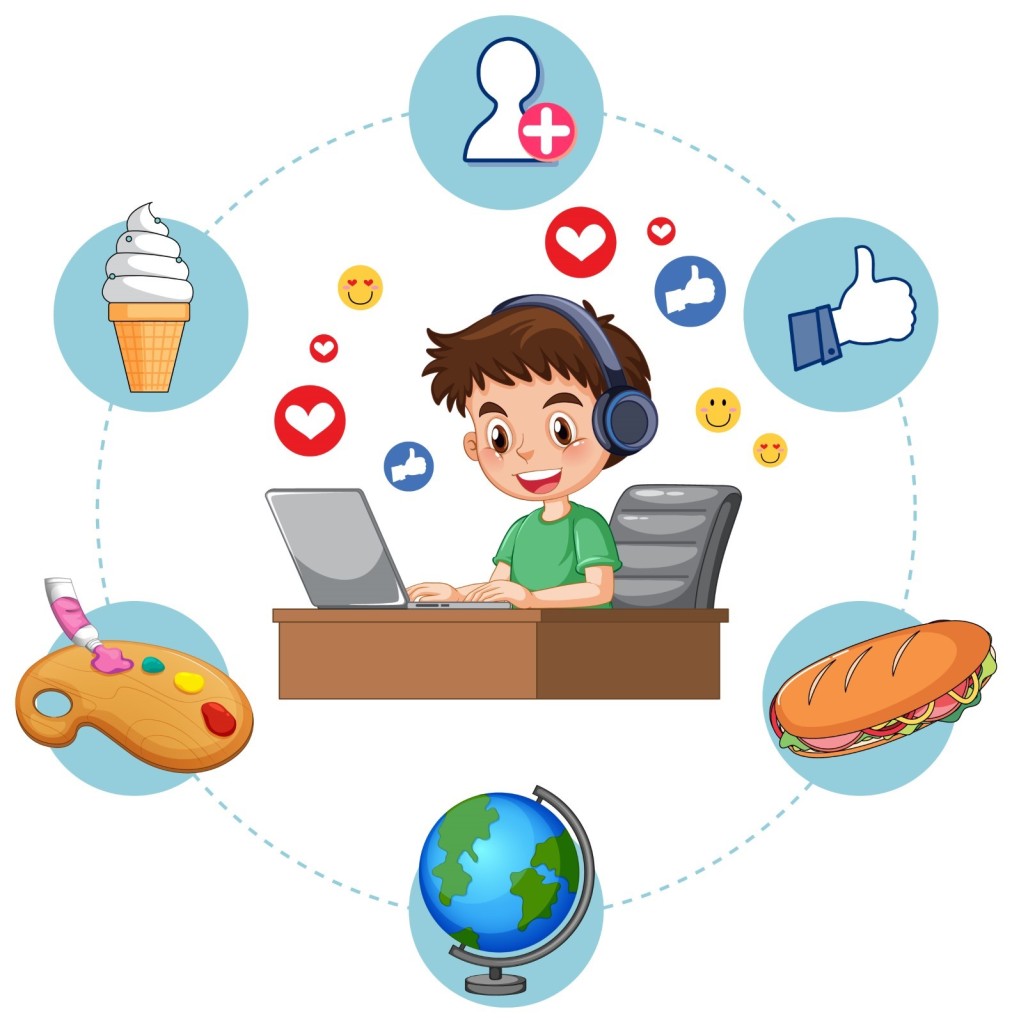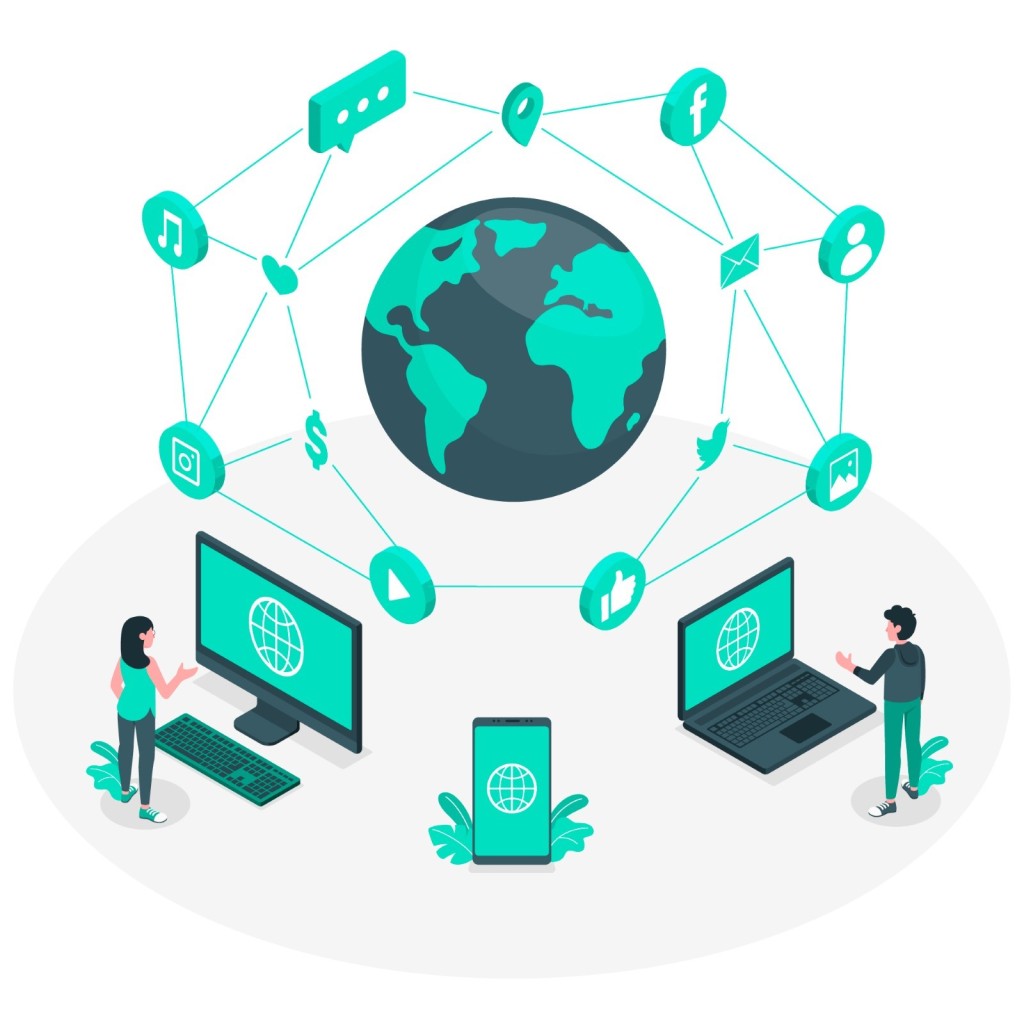Decoding the Impact of Internet of Behaviors

Transforming Industries through Data-driven Strategies
The Internet of Behaviors (IoB) is the latest buzzword in the world of technology and data-driven strategies. IoB involves the collection and analysis of data on people’s behaviors, preferences and actions through various connected devices. This data helps businesses gain valuable insights into consumer behavior, which assists them in developing personalized products, services and marketing strategies.
IoB is transforming industries by revolutionizing the way companies approach consumer engagement. In this article, we will explore the impact of IoB on industries and how it is being used to develop data-driven strategies that are revolutionizing the business world.
Introduction to Internet of Behaviors (IoB)
Understanding the concept of IoB
The Internet of Behaviors (IoB) is a technology trend that connects the digital world with the physical world. IoB leverages data from various sources such as social media, location tracking and facial recognition to interpret consumer behavior, emotions and preferences.
IoT vs IoB: Key differences
The Internet of Things (IoT) and IoB both rely on data-gathering sensors, but the difference lies in how the data is used. IoT collects data which is then analyzed to provide insights on how to improve a specific process or service. IoB, on the other hand, is focused on using the data to understand and modify human behavior.
In the realm of IoT, the primary objective is to gather a wealth of data from various sources, such as sensors embedded in devices, machinery, or infrastructure. This data is then carefully analyzed to uncover valuable insights, patterns and trends. By deciphering this information, businesses and organizations can optimize operations, enhance efficiency and deliver improved products or services. IoT is instrumental in streamlining processes, reducing costs and enhancing overall performance.
On the other hand, IoB delves into the realm of human behavior, aiming to understand and modify it by harnessing the power of data. With the widespread adoption of connected devices and the immense amount of data they generate, IoB focuses on extracting meaningful insights about individuals’ behaviors, preferences and decision-making patterns.
By analyzing this data, IoB endeavors to shape and influence human behavior in various contexts, such as healthcare, marketing, education, and public policy. It encompasses a range of techniques, including behavioral analysis, predictive modeling, personalized interventions and feedback loops.
One notable distinction between IoT and IoB lies in their respective scopes. While IoT typically centers around optimizing processes and improving specific domains, IoB extends its reach to the realm of human experiences and interactions. It aims to capture and interpret human behavior in real-time, enabling organizations to tailor their offerings, interventions and experiences accordingly. By understanding individual behaviors and preferences, IoB allows for more targeted and personalized interventions, which can enhance customer satisfaction, promote healthy habits, optimize learning experiences, and drive positive societal outcomes.
In summary, while IoT focuses on data analysis for process improvement and service enhancement, IoB harnesses data to comprehend and modify human behavior.
The Significance of IoB in Transforming Industries

IoB: Transforming Businesses in a Competitive Landscape
The advent of the Internet of Behaviors (IoB) has profound implications for businesses striving to stay ahead in today’s fiercely competitive market. By harnessing the power of IoB and collecting valuable data, businesses can gain unprecedented insights into consumer preferences and behaviors. This newfound understanding enables them to enhance customer satisfaction and deliver personalized services that precisely cater to their customers’ needs.
The Impact of IoB on Customer Behavior and Experience
IoB’s impact on customer behavior and experience is remarkable. By leveraging IoB, businesses can anticipate their customers’ needs, enabling them to provide a superior experience. For instance, when a person shops online for a specific product, IoB can analyze their previous behavior, such as their past searches or purchases, and recommend similar products. This proactive approach empowers businesses to exceed customer expectations and foster long-term loyalty.
Driving the Growth of IoB
The surge in IoB can be attributed to several factors. Firstly, the rising popularity of wearable technology and IoT devices, including smartwatches and fitness trackers, has significantly contributed to the growth of IoB. These devices collect rich data on user behavior, granting businesses valuable insights into their customers’ preferences and habits.
Moreover, there is an escalating demand for data-driven insights across industries. In response, businesses are turning to IoB as a means to meet this demand. Armed with the right data, companies can make informed decisions, optimize their operations, and ultimately achieve superior results.
IoB Data Collection Methods and Privacy Concerns
IoB employs a range of data collection techniques, including social media monitoring, location tracking, facial recognition, and biometric sensors. These techniques allow IoB to track user behavior, preferences, and emotions, providing businesses with invaluable insights for strategic decision-making.
However, the collection of personal data raises legitimate concerns surrounding privacy and security. Companies utilizing IoB must adhere to robust data protection standards and regulations to ensure the safety and security of user data. Transparency is key, and businesses should openly communicate what data they collect and how it is utilized, mitigating any potential privacy concerns.
Emerging Opportunities and Challenges for IoB
The Internet of Behaviors presents a myriad of opportunities for businesses seeking a competitive edge. Leveraging real-time data and analytics, companies can gain deep insights into their customers’ behaviors and preferences. This understanding empowers businesses to refine their product offerings, tailor marketing strategies, and optimize internal operations such as employee productivity and supply chain management.
However, the implementation and adoption of IoB technology also come with challenges. Data privacy and security remain paramount, necessitating robust safeguards to protect sensitive information. Skilled professionals are required to manage the intricate data collection, analysis, and interpretation processes. Additionally, there may be resistance to change from employees and customers unfamiliar with IoB technology. To overcome these challenges, businesses must foster a culture of transparency, educate stakeholders, and ensure a smooth transition.
In conclusion, IoB is revolutionizing the business landscape by enabling companies to understand and cater to customer needs like never before. By embracing IoB and addressing its associated challenges, businesses can unlock unprecedented opportunities for growth, differentiation, and enhanced customer experiences.
IoB opportunities for businesses
IoB technology presents numerous opportunities for businesses to improve their operations and enhance customer experiences. For example, companies can use IoB data to:
- Personalize marketing and sales efforts based on customer preferences and behaviors
- Predict and prevent customer churn through proactive engagement
- Optimize supply chain management by tracking inventory and delivery data in real-time
- Improve employee productivity by identifying areas for improvement and providing targeted training
- Enhance product development and design by analyzing customer usage data and feedback
Challenges in IoB implementation and adoption
Implementing IoB technology can also pose several challenges for businesses. Some notable challenges include:
- Data privacy and security concerns, such as ensuring compliance with regulations like GDPR
- The need for skilled professionals to manage and analyze the data
- The potential for biased or inaccurate data analysis
- Resistance to change from employees or customers who are not familiar with the technology
- The high cost of implementing and maintaining IoB infrastructure and systems
IoB Case Studies

Industry Verticals and Applications
Several industries have already started to leverage IoB technology to transform their operations and improve customer experiences. Here are a few examples of how IoB is being used in healthcare, retail, and transportation:
IoB in healthcare
In healthcare, IoB technology is being used to track patient behavior and provide personalized care. For example, wearable devices can monitor vital signs and alert healthcare providers to potential health issues. Data from these devices can also be used to predict and prevent health issues before they become serious.
IoB in retail
IoB technology is also being used in retail to track customer behavior and preferences. Retailers can use data from customer interactions to offer personalized product recommendations and targeted marketing campaigns. This technology can also help retailers optimize their inventory and store layouts to improve customer experiences.
IoB in transportation
In transportation, IoB technology is being used to track driver behavior and improve road safety. For example, sensors in vehicles can monitor driver speed and alert them to potential hazards. Data from these sensors can also be used to optimize routes and reduce congestion.
Future perspective for IoB and Data-Driven Strategies
As IoB technology continues to evolve, businesses will need to adopt data-driven strategies to stay competitive. Here are a few trends and predictions for the future of IoB:
The future of IoB: Predictions and trends
- Increased use of wearable technology to track user behavior
- More integrated systems that combine IoT and IoB data
- Greater emphasis on privacy and security in IoB data collection and analysis
- Greater use of predictive analytics to anticipate and prevent issues
Data-driven strategies for IoB implementation and success
To successfully implement IoB technology, businesses will need to adopt data-driven strategies that focus on:
- Collecting relevant and accurate data
- Analyzing and interpreting data to drive actionable insights
- Implementing changes based on data insights
- Continuously monitoring and adjusting strategies based on data feedback
Conclusion and Key Takeaways
IoB technology presents enormous opportunities for businesses to transform their operations and enhance customer experiences. However, the implementation and adoption of IoB technology come with several challenges. By adopting data-driven strategies and focusing on collecting relevant and accurate data, businesses can successfully implement IoB technology and stay competitive in the market.In conclusion, the Internet of Behaviors (IoB) is an emerging trend that is transforming industries by providing valuable insights into people’s behaviors and preferences. While IoB offers numerous benefits to businesses, it also raises privacy and security concerns. To successfully implement IoB, organizations need to develop effective data-driven strategies that balance the benefits and challenges of IoB. By embracing IoB, businesses can achieve a competitive advantage and provide personalized experiences to their customers. As the world becomes more connected, IoB is expected to play a significant role in shaping the future of industries, making it a trend worth watching.
FAQ
What are the benefits of IoB?
IoB provides several benefits to businesses, including better customer engagement, improved customer experiences, and increased sales. By collecting and analyzing data on people’s behaviors and preferences, businesses can develop targeted marketing strategies, which lead to higher conversion rates.
What are the privacy concerns associated with IoB?
IoB raises privacy concerns as it involves collecting and analyzing data on people’s behaviors and preferences. The data collected through IoB could be misused by companies, leading to privacy violations. Thus, it is important to ensure that proper security measures are in place to protect the data collected through IoB.
What industries are using IoB?
IoB is being used in various industries, including healthcare, retail, and transportation. In healthcare, IoB is being used to monitor patient behavior and provide personalized care. In retail, IoB is being used to develop personalized marketing strategies, while in transportation, IoB is being used to enhance safety and driver behavior.
Leave a comment